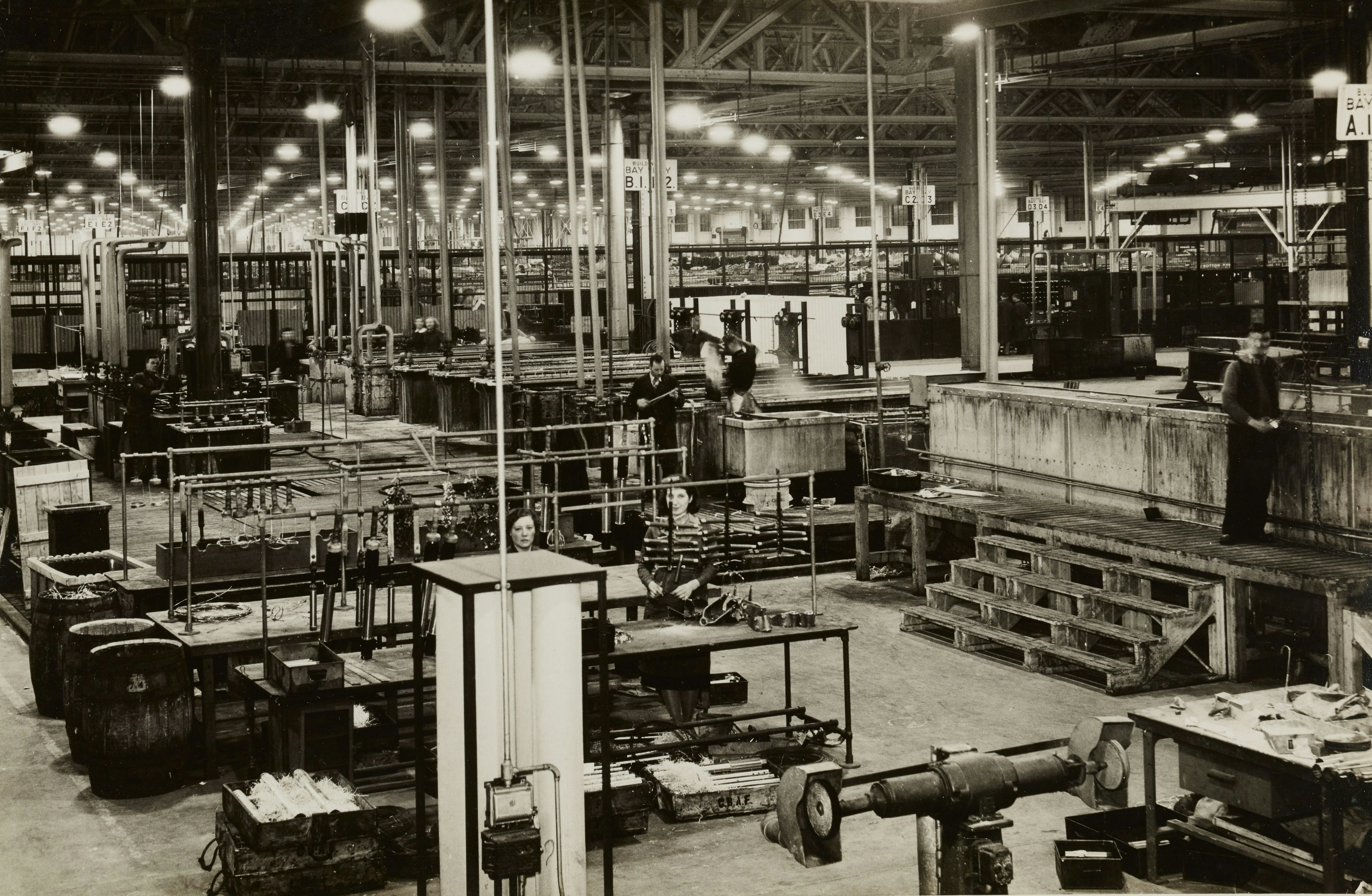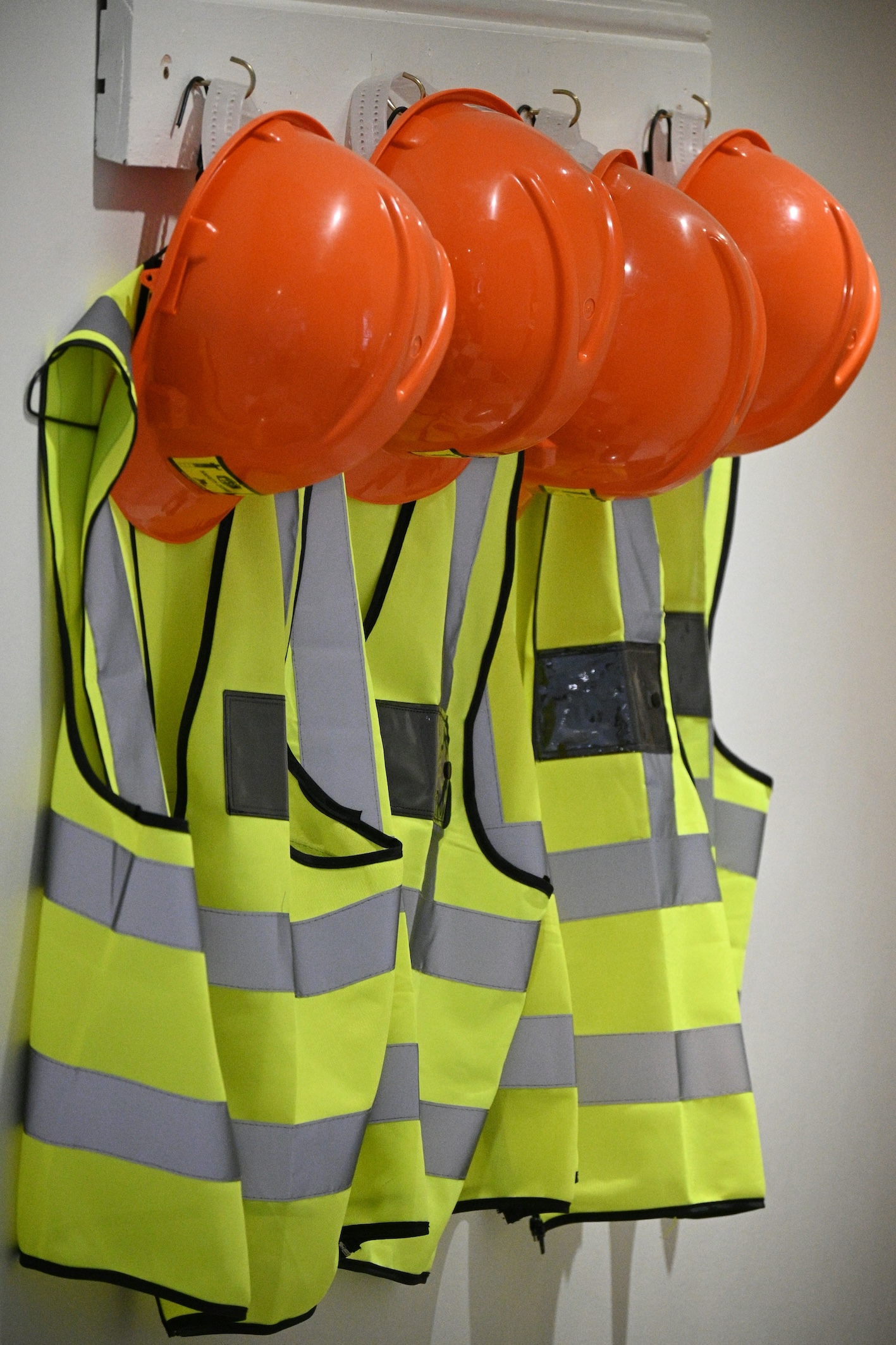Page name
Mid-Year Check-In: What’s Happening in Industrial Services Hiring in 2025

Back in February, I shared some early 2025 trends shaping industrial and environmental services recruitment across the U.S. Six months on, it’s clear that while the market has stayed active, the pace and profile of hiring has changed.
According to IBISWorld, the U.S. environmental remediation and industrial services market is expected to grow steadily through 2025, driven by infrastructure investment and regulatory enforcement, yet many firms are still struggling to hire at pace due to skill gaps and regional shortages.
We’re still seeing strong demand across industrial cleaning and environmental remediation, but the picture is more nuanced now, with fewer high-volume roles and more targeted, experience-specific hiring.
Here’s what’s shifted and what I expect to see through the rest of the year.
H1 High Standards & Niche Roles
So far in 2025, most of the roles I’ve placed have been on the East Coast, with a near even split between industrial services (like tank cleaning and hydroblasting) and environmental work (hazardous waste transport, remediation, and emergency response).
But there’s been a clear change in client behaviour. While the market isn’t flooded with vacancies, the few roles that are open are highly specialised. Employers are asking for deeper experience, often more than candidates have at their current stage.
It’s creating a bottleneck for progression: skilled people who are ready to move up aren’t getting the offers because businesses want someone who’s already done the job for longer.
Consolidation Continues
M&A activity hasn’t slowed. Clean Harbors’ earlier acquisition of Hepaco continues to shape the market in 2025, with major players still consolidating regional providers. This is reducing the number of mid-sized employers in the market and concentrating hiring power in the hands of a few large organisations.
For candidates, that often means stricter role criteria and fewer stepping-stone roles to help them grow.
The JD vs. Reality Gap
One of the biggest challenges in H1 has been the mismatch between job descriptions and actual hiring expectations. Candidates are reading the JD and applying in good faith, but once they get to interview, they’re being told they don’t have enough years of experience or haven’t worked in a specific sub-sector.
That lack of transparency is frustrating for candidates and limiting for businesses. Several high-potential applicants have been passed over, not because they couldn’t do the job, but because the employer wouldn’t stretch to develop them.
As the labour market remains tight, that kind of rigidity can become a competitive disadvantage.
What to Expect in H2
I expect H2 to follow similar patterns, with:
- Continued pressure on candidates to meet very specific experience thresholds
- Increased activity from national players consolidating operations and streamlining teams
- A slow but steady shift toward more accurate, experience-based job design as companies struggle to fill niche roles
There may not be a hiring boom, but for those with the right background, the opportunities that do open up will be career-defining.
Advice for Employers and Candidates
- For employers: If your job descriptions aren’t matching your actual hiring expectations, now is the time to adjust. Be clear about must-haves vs. trainables. You’ll access stronger pipelines and avoid stalled recruitment cycles.
- For candidates: Keep applying, even if you don’t meet every box. There’s room for movement especially if you can demonstrate results and a strong safety record. Get in touch if you’re unsure how your experience stacks up.
Seeking to Support
If you’re building out your team in industrial or environmental services or ready to take the next step in your career, reach out to Sadie on LinkedIn or here.
Contact us today
Spencer Riley’s team of highly dedicated, specialist consultants’ pride themselves on gaining a full understanding of our client’s business,







